Like every year, Sony San Diego comes out with the usual MLB The Show 24, a sports and simulation title of American baseball and this is our review of it
For a few years now, MLB The Show has been the only intellectual property dedicated solely to the representation of the sport of baseball. It is therefore not surprising that fans of the discipline eagerly await Sony San Diego's sports title and are looking for un'esperienza veridadica e simulative, capable, in short, of conveying the sensations of a real match. However, developing such a title is extremely complex work. Not only is baseball perhaps the most difficult sport to render in video game formbut you need to find the right balance between realism and accessibilityabsolutely not an easy task.
The work in question is also the protagonist of a particular circumstance. Fate has it that MLB specifically asked Playstation to publish the title on all competing consoles. Strange as it may be, what is effectively a first party will be available on all platforms. And it doesn't end there because MLB The Show 24 it will also land on the extensive Xbox Game Pass catalogue. But now let's stop talking and let's investigate the new effort from the Californian studio.
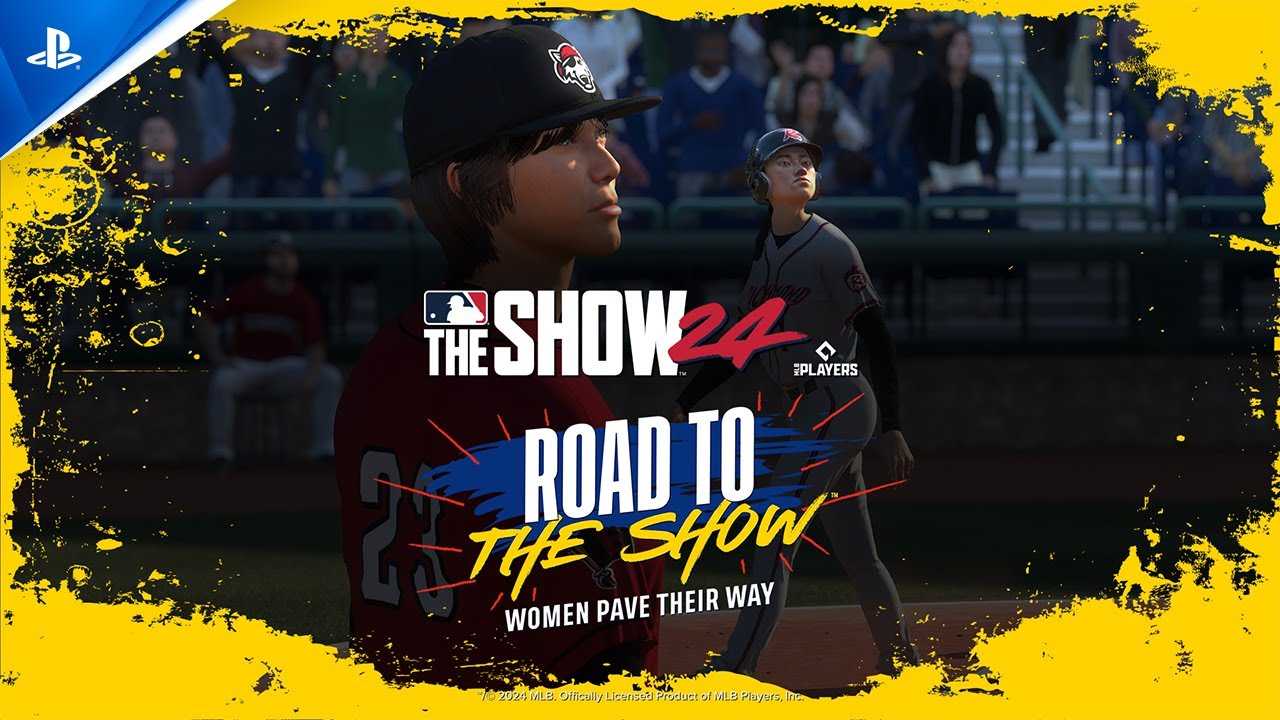

In search of a home run | MLB The Show 24 review
We will divide the analysis of the rich gameplay of MLB The Show 24 into three parts. The first will be dedicated to batting, the second to pitching while the third to what concerns the remaining characteristics. At the beginning it is necessary to highlight the great wealth of options available regarding every single gesture on the pitch. For example, the batsman will be able to choose between three options which totally shape the action and adapt to the needs of each individual player. You can decide to have full control over the positioning of the club by moving an indicator or just choose the direction in which to aim. Finally, you can delegate everything to the game and focus on timing, more essential than ever to score.
Every decision has, however, its consequence and the fewer pad responsibilities in the hand the less control over the action. We recommend that beginners, once they are familiar with the various dynamics, move on to less guided but more effective settings. Furthermore, the feeling of the collisions as well as the physics that guide them appeared to be implemented with remarkable precision, although it appears too easy to hit the ball. This is understandable, as it is capable of increasing player participation but it clashes with the idea of a realistic simulation.
Furthermore, the possibility of the ball hitting is too high vertical and predictable trajectories, making it easy prey for various external players, which we will talk about in detail later. All in all, however, impersonating the receiver is not unpleasant and the various camera settings easily underline the action. Everything is underlined by a celestial sound that conveys the atmosphere of the stadiums and the noises of the various shots.
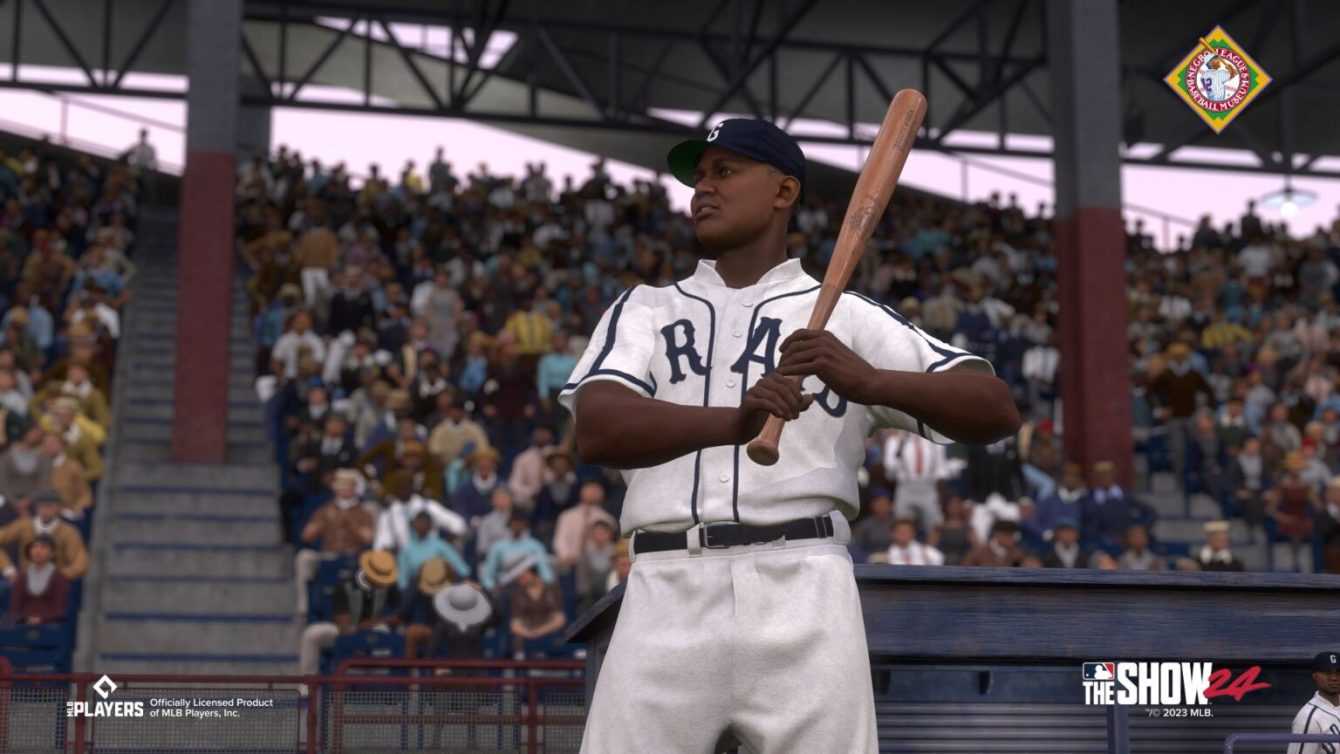

Strikeout | Review MLB The Show 24
Pitching appears at first glance as a much more monotonous portion of the game than the serve. Indeed, despite the extraordinary adaptability of the gameplay, it seemed decidedly less engaging than the rest of the game. As a pitcher you will have the burden of deciding how to throw the ball and at what timing. The second detail is linked to a large series of settings that it would be useless to list them all. Suffice it to say that they are sufficient to meet everyone's requests and complete a title that is already very rich in possibilities in this sense.
However, given the great ease with which the ball is hit, even greater than in the previous chapter, the pitching phases can last too long ending up boring. This is particularly evident in games dedicated solely to this task (for example those played with specialized pitchers) which they are subdued compared to usual meetings. This does not mean that the launch phases are totally a failure or deeply flawed. We are talking about details and although they do not reach great heights they are still more than sufficient. Here too, relying on luck is a losing strategy and it is better to use looser settings to obtain the best results.
To be honest, some of the possible yields in the pitching gameplay they seemed excessively complex, more playful than effective and above all too dangerous to adopt in the game. The pride of the production is the great variety of players on the pitch. Each pitcher has a selection of pitches and their speed modeled according to the player's real abilities. Thus it also becomes vital to know the techniques of the chosen element, adding considerable panache to the gameplay and making each team different and unique to play.
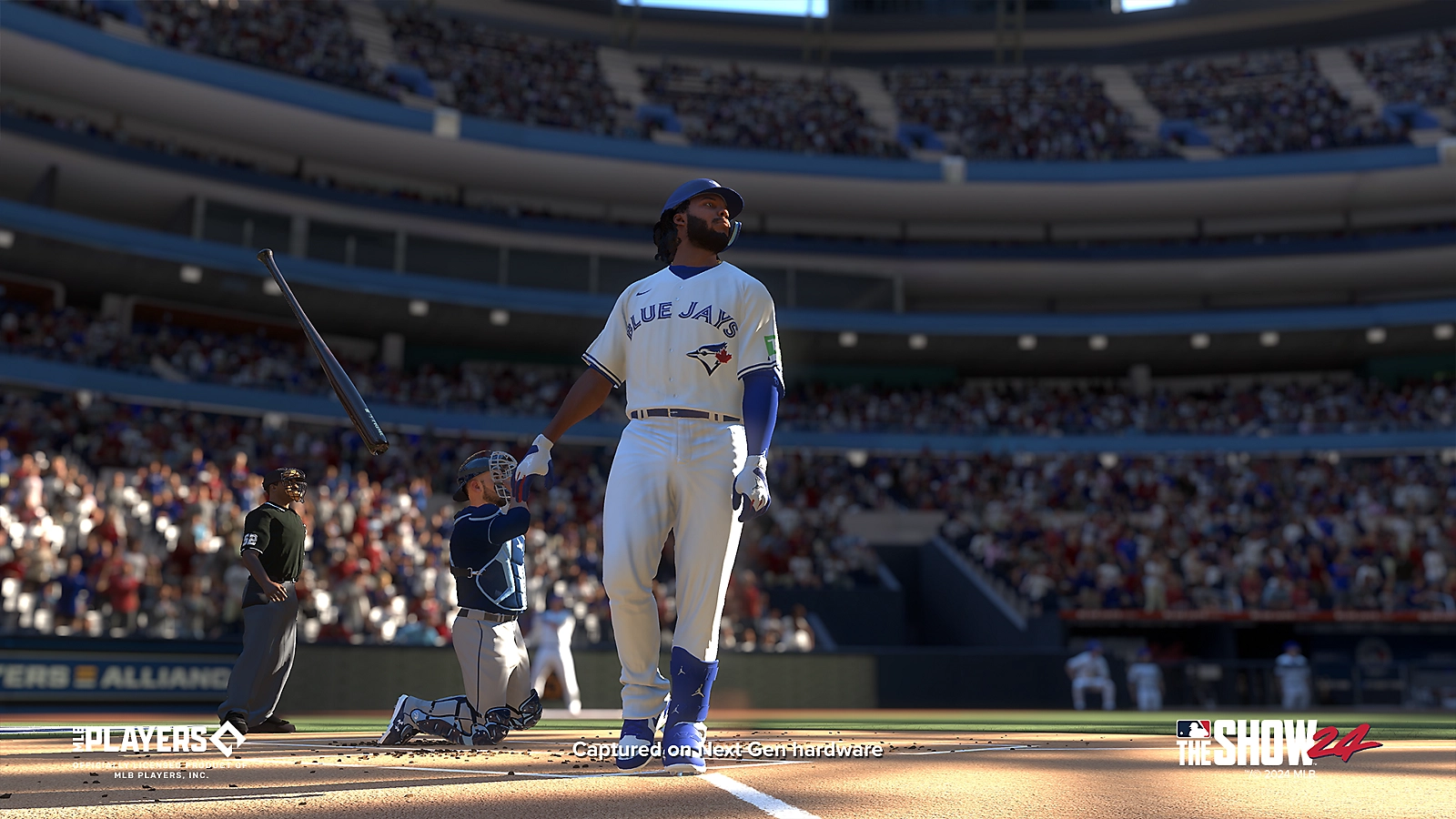

The triumph of tactics | MLB The Show 24 review
MLB The Show 24 is not only about accuracy but also requires a enough tactical acumen to guide the action on the pitch. Those who need this in particular are the movement between the bases and the defense, which put a strain on the player's attention and require a rapid analysis of the circumstances. These portions were significantly retouched by the Californian team that inserted interactive elements in what had long been delegated to AI. In attack you can decide if advance, stop or return to the previous base. Also available is the ability to dive when leading a single player. Although the work done is commendable, we would have liked more reactivity in this sector which appears to be plagued by a few too many delays.
Receptions of the ball in flight are expressed through gods QTEs which although inelegant are also the only way to effectively convert the action. This does not apply in games where you control the entire team. In them, just pressing a button is enough to send the ball towards the desired base without the need for other human inputs. The most thoughtful element which is the act of deciding towards whom and when to throw represents, perhaps, one of the best features of the title which thus becomes deeper and more similar to an actual match. It is unfortunate, however, to note that the externals are equipped with prohibitive speeds and cover lunar distances in a matter of seconds. Don't be surprised, then, if one of your masterly shots will be caught with a daring dive, due to what is an atavistic lack of Sony San Diego's work
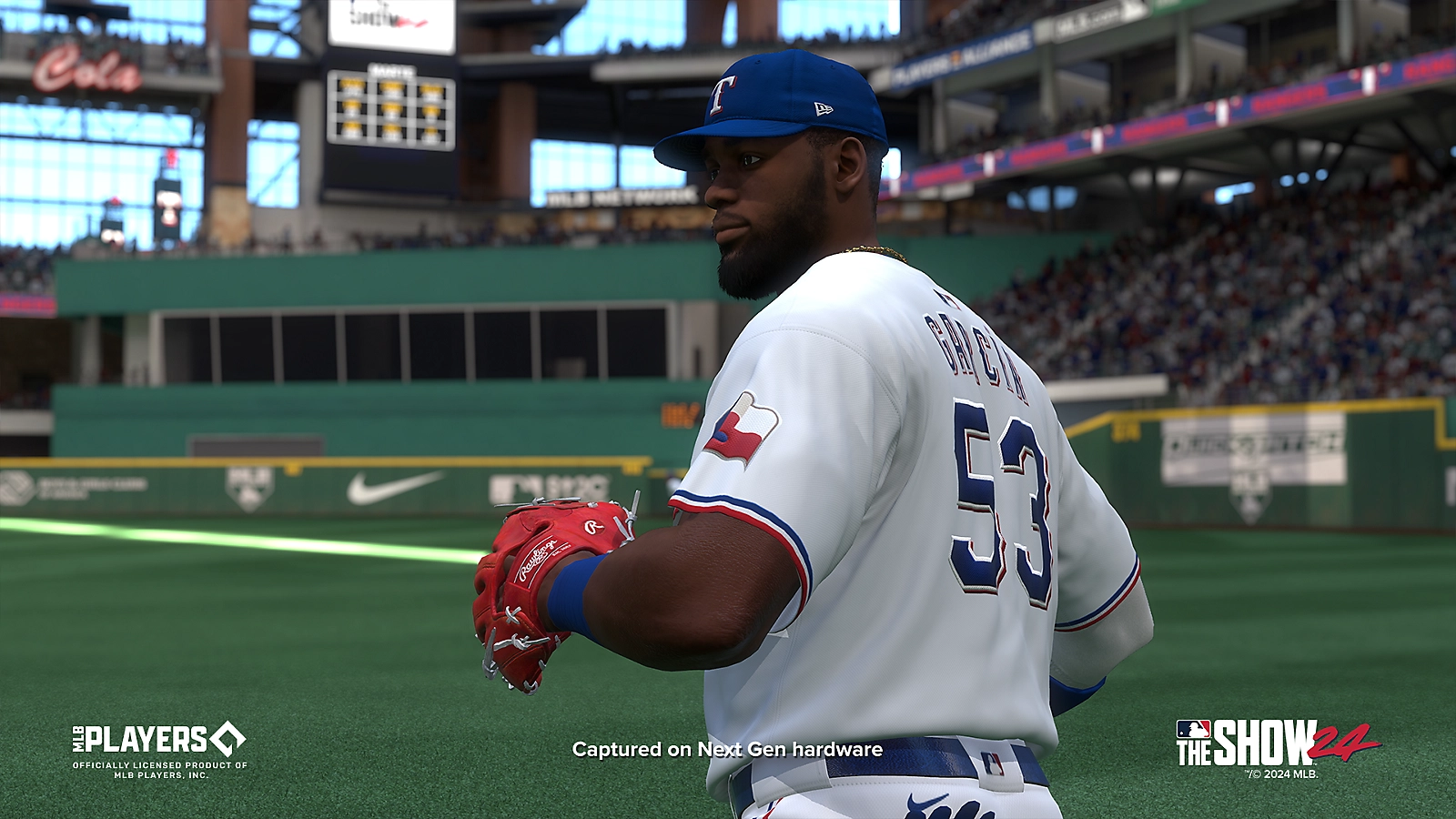

Making the dream come true | MLB The Show 24 review
The new effort from Sony San Diego is very rich in terms of game modes. Among these one of the most popular is “Road to the Show”, i.e. a classic player career. It will see you take a character, created with a skimpy editor or directly via facial scan, from the minor leagues up to the MLB. First of all, the narration of the protagonist's journey is terribly monotonous and delegated to a series of rather static films and depressingly banal dialogues. Of course, we didn't expect much, however the final yield is even lower than our cautious predictions. There remains, however, one interesting and extremely long-lived mode, capable of entertaining anyone who wants to ride towards the major league for a long time.
If taking the field isn't for you but you want to sit on the seats that matter, Franchise mode is back. In our opinion it is one of the most successful, as it allows you to decide with extraordinary precision how much to play personally and how much to leave to the simulation. You can concentrate on the final innings of a match or start from the beginning or even leave everything to the game and limit yourself to the management aspect. We underline that to best play the aforementioned campaign it is necessary to have a basic knowledge of the technical jargon which is rarely explained and is necessary to correctly carry out purchases and trades.
The drafts, key moments in the American baseball season, are unsuccessful. These are, first of all, introduced by videos with frightening compression and poor definition, therefore managed in a way that is not immediate and difficult to understand. This is generally an issue that echoes throughout Sony's output which does not shine at all for the intuitiveness and ergonomics of the menus. This is unfortunate as the chosen sport requires considerable micromanagement which would benefit from less confusing interfaces.


Diamond Dynasty | MLB The Show 24 review
Comes back, like every year, Diamond Dynasty, equivalent to the famous Ultimate Team by Electronic Arts. Like the mode present in EA FC, this too is dotted with lights and shadows, strong with a remarkable sense of progression but plagued by predatory practices on the monetary front. First of all, we praise the remarkable wealth of approaches available within this part of the game, from ranked online battles to single-player games based on the strategic conquest of strongholds within maps. Everything is supported by the great personality of the players both in pitching and in batting each card is unique and has singular characteristics.
The big problem is the one that afflicts all productions of this genre: microtransactions. THEThe dream team that many wish to obtain is, in fact, hidden behind hundreds of hours of gameplay or just as much hard cash. The objectives that allow you to expand your roster are linked to truly compulsive grinding, which even exceeds our already terrible expectations. If you want to speed things up there are numerous in-game purchases that allow this. We rightly believe that in implementing a now ubiquitous but equally reprehensible practice, Sony San Diego even got carried away. Even by squandering hundreds of euros you risk not getting anything really usefulthat is, no player who can survive until the endgame.
Finally, let's mention the modality “Road to September” dedicated to those who love “Franchise” but don't have enough time to dedicate to it. It will allow you to experience the key moments of the season to accumulate positive momentum. It appeared to us to be an effective compromise between the management side and mere active gameplay, therefore, a clever idea on the part of the Californian team.
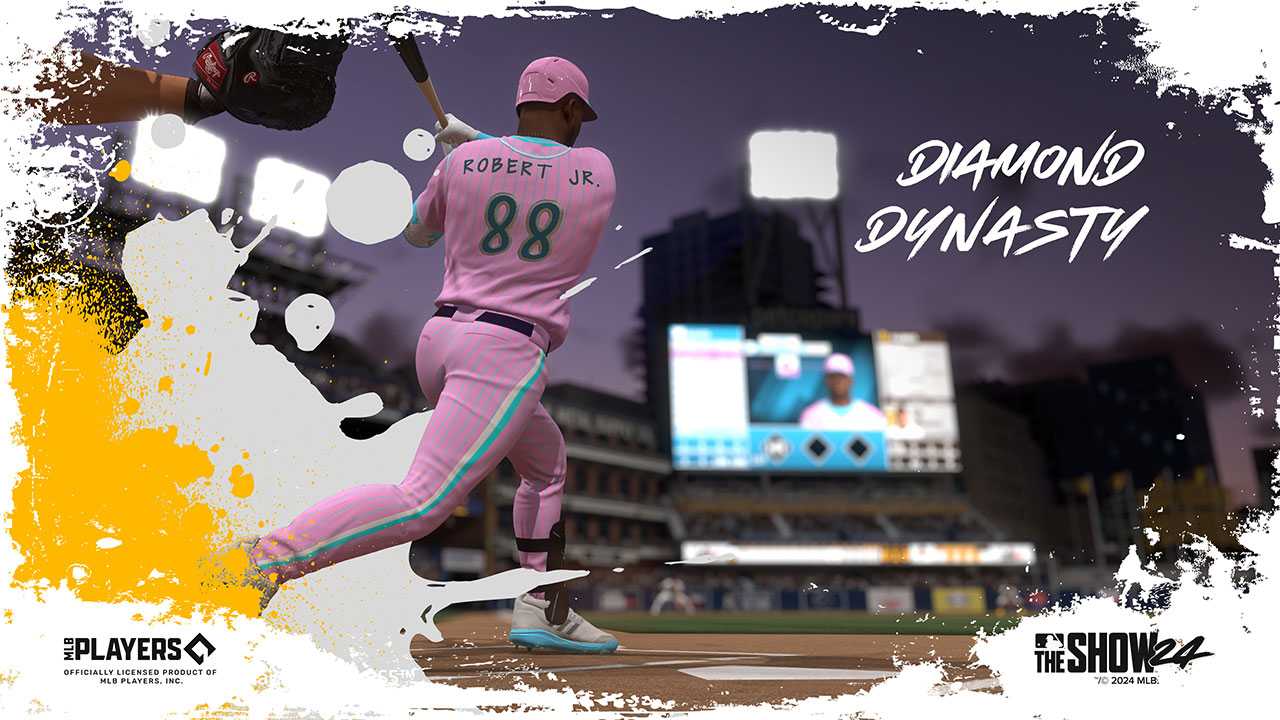

Stories of glory | MLB The Show 24 review
The best of the available modes and the flagship of the entire production is “Storyline”where the stories of the most glorious players to have ever stepped on the diamond are told. It is divided into two portions, the first dedicated to the Negro League, the other to the events of Derek Jeter. If the one about Jeter seemed slightly subdued to us the stories of the parallel league founded by African Americans to play in the times of segregation have struck us again. In fact, it returns for the second season and sings the stories of athletes such as Josh Gibson and Toni Stone, pioneer of women's baseball….






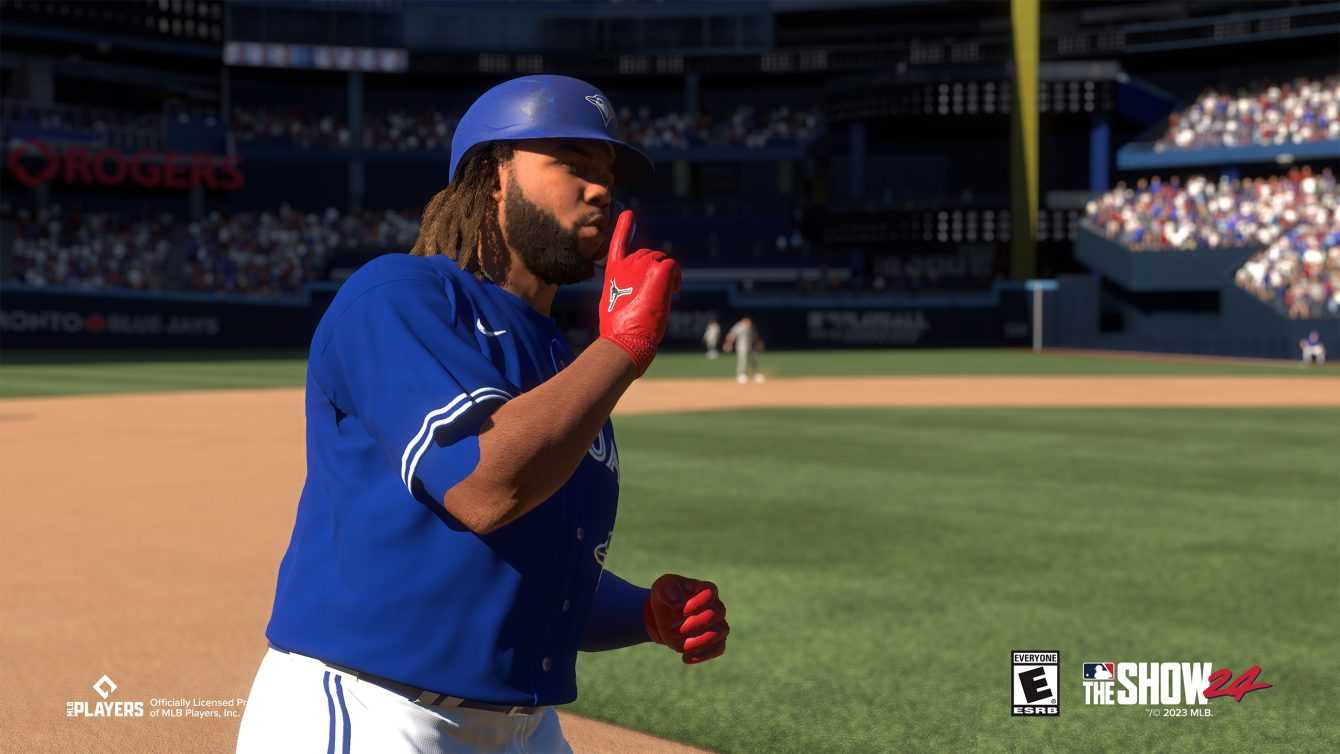





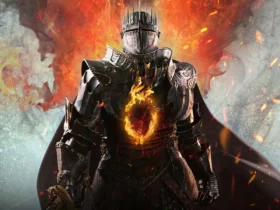



Leave a Reply
View Comments